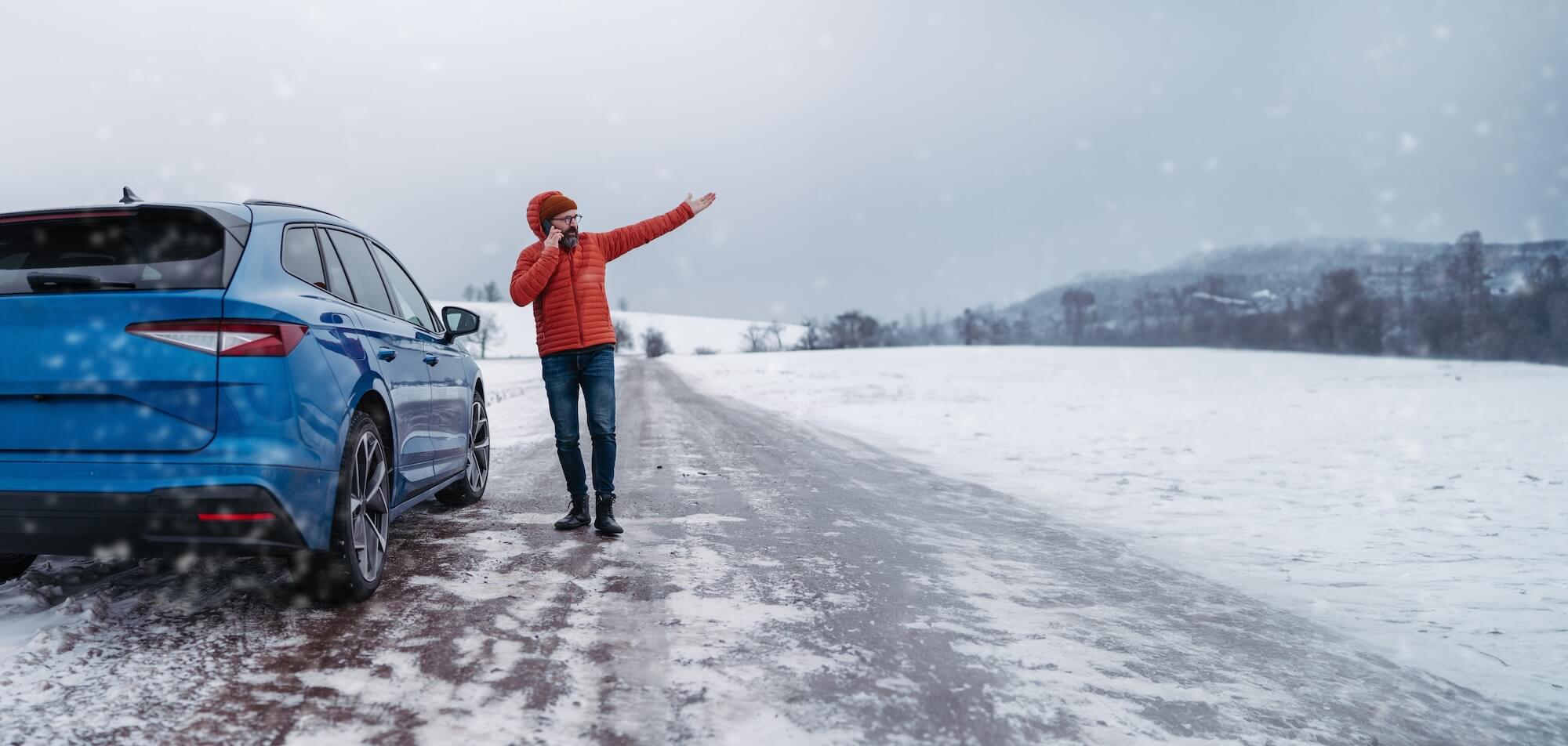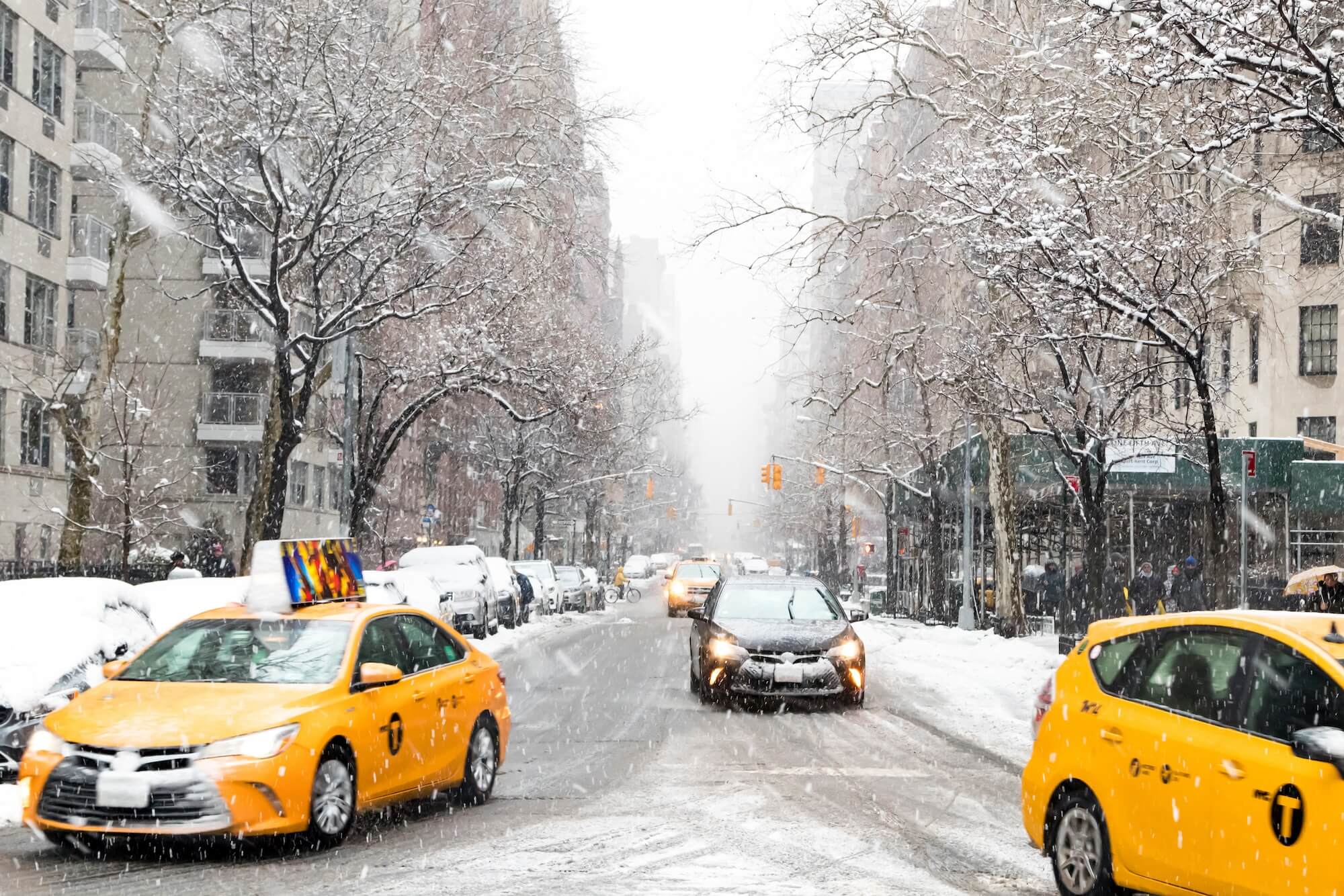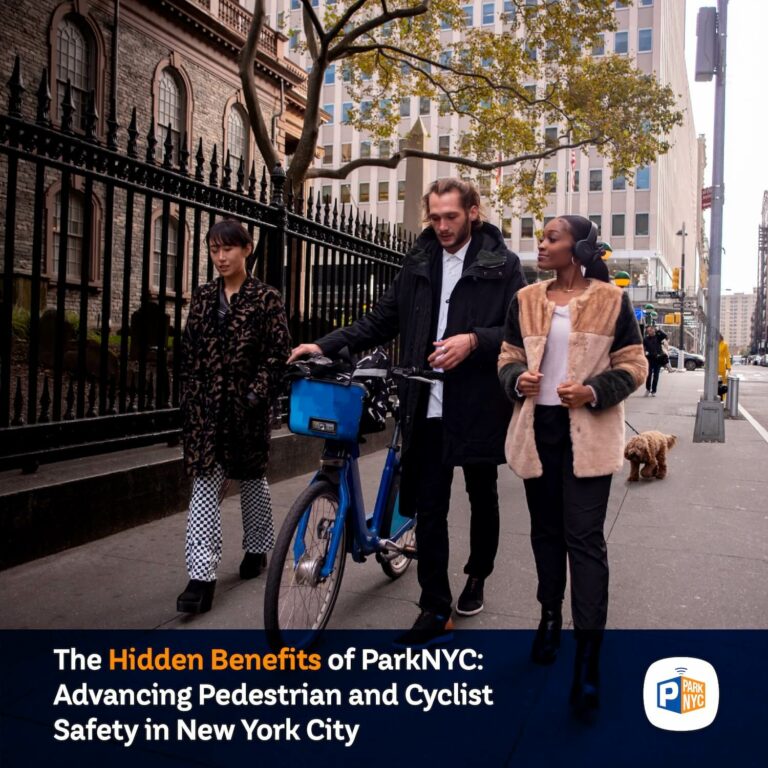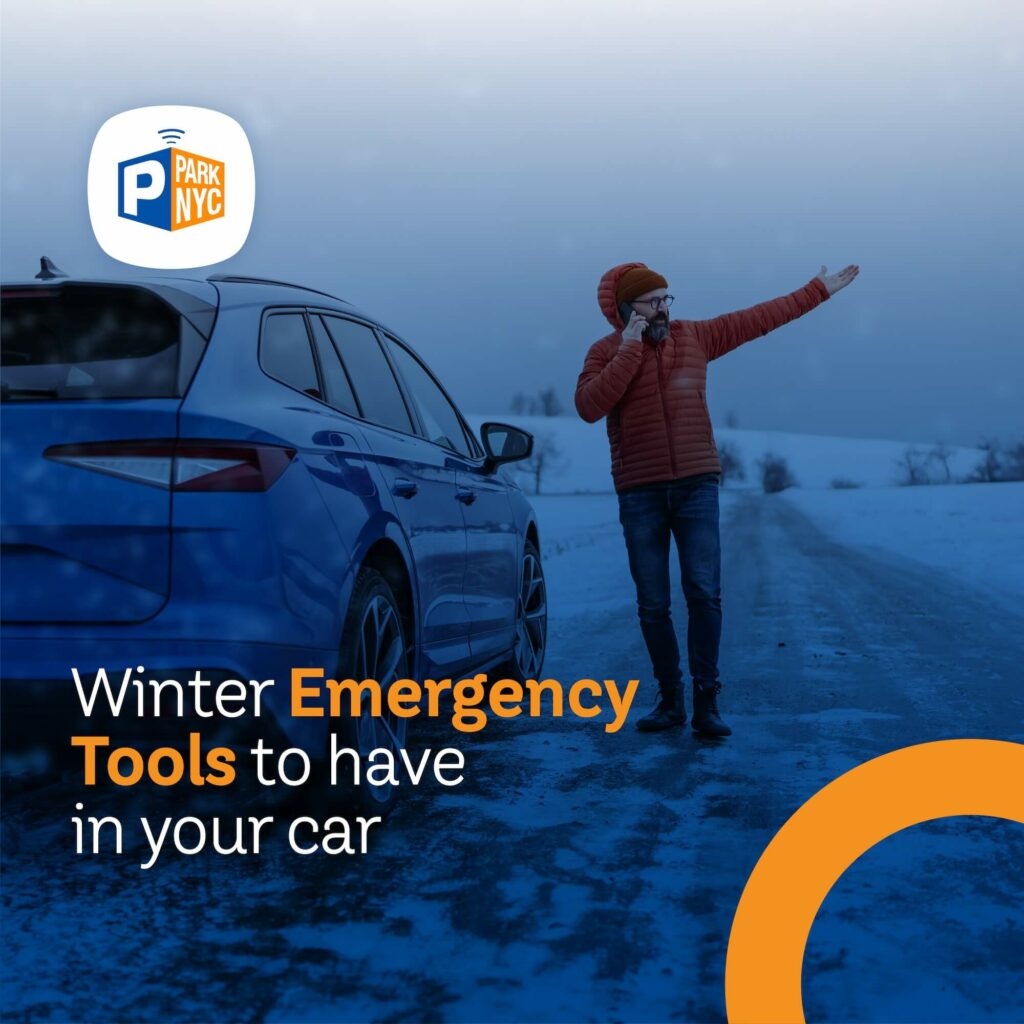Are you heading out for a winter drive? Whether you live in an area prone to heavy snowfall or experience occasional cold snaps, it’s essential to be prepared for the unexpected when you’re on the road during the winter months. A well-stocked winter car emergency kit can differentiate between a minor inconvenience and a potentially severe, life-threatening situation.
We’ve listed a few necessary items for your winter car kit, ensuring you’re well-prepared for any challenges Mother Nature presents.

Essentials for Your Winter Car Kit
- Cell Phone and Power Sources: Before hitting the road, ensure your phone is fully charged, and carry a spare charger and rechargeable battery pack in your emergency kit. In an emergency, your phone is your lifeline.
- Cold-Weather Gear: Being stranded in the cold without adequate clothing can be dangerous. Here’s what you should have on hand:
- An insulated winter weather coat that’s waterproof and rated for temperatures below your region’s average lowest temperature.
- Waterproof winter gloves.
- A knit cap or beanie to prevent heat loss.
- Extra socks in case your feet get wet.
- Sturdy, insulated winter boots to keep your feet warm and dry.
- Emergency Thermal Blankets: These lightweight, moisture-resistant blankets can provide extra warmth during a cold-weather emergency. They pack down well and are highly efficient at retaining heat.
- Disposable Hand Warmers: If you are in icy conditions without access to your car’s heater, disposable hand warmers can provide much-needed warmth.
- Power Sources for Your Phone and Vehicle: Ensure you have the means to jumpstart your car’s battery safely with these items:
- An emergency phone charger.
- Jumper cables to help start your vehicle or assist others.
- An emergency car battery charger for situations where no other vehicle can jumpstart yours.
- Emergency Light Sources: Limited visibility during nighttime or blizzard conditions can be hazardous. Pack these items to illuminate your surroundings:
- Flashlights or lanterns with extra batteries.
- Emergency flares to attract attention if needed.
- Hazard lights or triangles to alert other drivers of your presence on the road.
- Tools for Clearing Ice or Snow: These tools will come in handy if you encounter snow or ice:
- A windshield scraper to maintain visibility.
- A small snow shovel to dig out your tires in a sudden blizzard.
- Additional traction aids like kitty litter, sand, or road salt.
- Tire Care: Cold weather can cause your tires to lose air pressure, so be prepared with the following:
- A spare tire in good condition.
- A car jack to lift your vehicle for tire changes.
- A tire gauge and portable inflator to address low tire pressure.
- Personal Emergency Essentials: These items will help you handle personal emergencies:
- A first-aid kit with bandages, gauze, antibacterial ointments, and essential medications.
- Shelf-stable nonperishable snacks and water to keep you nourished and hydrated.
- A multipurpose escape tool with a seatbelt cutter and hammer to aid in exiting your vehicle in emergencies.
- A well-stocked toolkit containing essential tools and work gloves.
- Unused Small No-Spill Gas Can: Experiencing a fuel shortage during cold weather can be unpleasant. By including a spare gas can in your kit, you can walk to a nearby gas station and replenish your fuel supply as necessary.

Winter Driving Tips
- Beware of Black Ice: Roads may appear straightforward but dangerously slippery. Drive cautiously.
- Use Floor Mats for Traction: If you’re stuck without traction and lack sand or cat litter, place your car’s floor mats next to the tires and slowly drive onto them.
- Maintain Clear Windows: Ensure your windows are defrosted and free of snow and ice. Use iodized salt to prevent ice and snow from sticking.
- Check Your Wiper Blades: Smooth rubber wiper blades with fine sandpaper to remove grit and pits for better visibility.
- Fog-Proof Your Mirrors: Prevent fogging by applying shaving cream to your mirrors and inside windshields, then wipe it off with paper towels.
- Increase Following Distance: Allow 8 to 10 seconds of the following distance to give you more time to react.
- Avoid Using Parking Brake: In cold, rainy, or snowy weather, refrain from using your parking brake.
- Don’t Use Cruise Control: Avoid using cruise control in wintry conditions, as it can reduce traction.
- Steer in the Direction You Want to Go: Accelerate and decelerate slowly, and steer in the direction you want to travel.
- Know Your Brakes: Be aware of whether your vehicle has antilock brakes, which will help you avoid skidding.
- Avoid Stopping Uphill: Avoid stopping on uphill slopes, especially in icy conditions.
- Signal Distress: Use brightly colored cloth tied to your antenna or rolled-up window to signal for help.
By following these tips and having a well-prepared winter car emergency kit, you can stay safe and confident while navigating the challenges of winter driving. Remember that being prepared is wiser than being surprised when the weather worsens. Stay safe out there!






